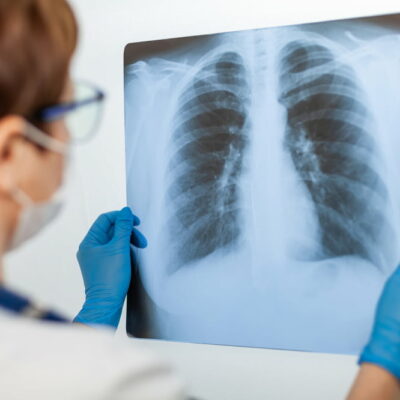
health
Heres how excessive sugar intake is linked to cholesterol
Approximately 86 million adults in the country have cholesterol levels over 200 mg/dL. While cholesterol may have many underlying causes, sugary foods, including soft drinks, confectioneries, and other types of desserts, have also been linked as one of the causes of high cholesterol levels. Unfortunately, studies suggest that individuals nationwide consume around 17 teaspoons of added sugar daily, which is 2-3 times the recommended daily sugar intake. Here’s how sugar intake impacts cholesterol levels: Impact of excessive sugar intake on cholesterol Large amounts of sugar convert to liver fat Glucose and fructose are the two molecules found in almost equal proportions in table sugar and high-fructose corn syrup. While all the cells in the body can metabolize glucose, fructose is processed single-handedly by the liver. Therefore, sugary foods and beverages can lead to excessive fructose levels in the body, causing fatty liver disease. Studies have found that individuals with fat accumulation in their liver typically have high LDL cholesterol levels. Accumulation of abdominal fat Fructose is linked to a substantial increase in fat accumulation around the abdomen, which, in turn, triggers diseases like cholesterol, type-2 diabetes, and cardiovascular diseases. Increased insulin resistance Insulin is responsible for supplying glucose to cells.



















